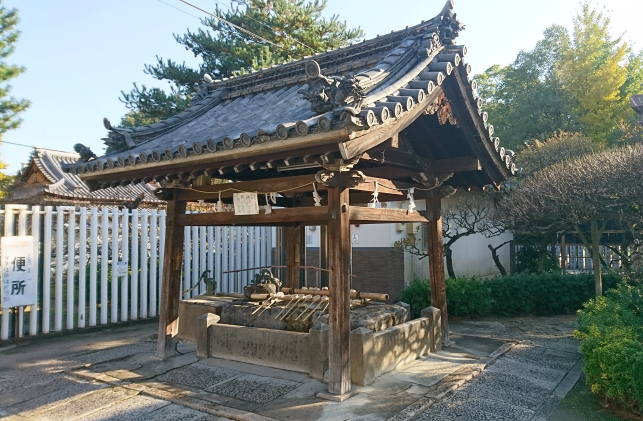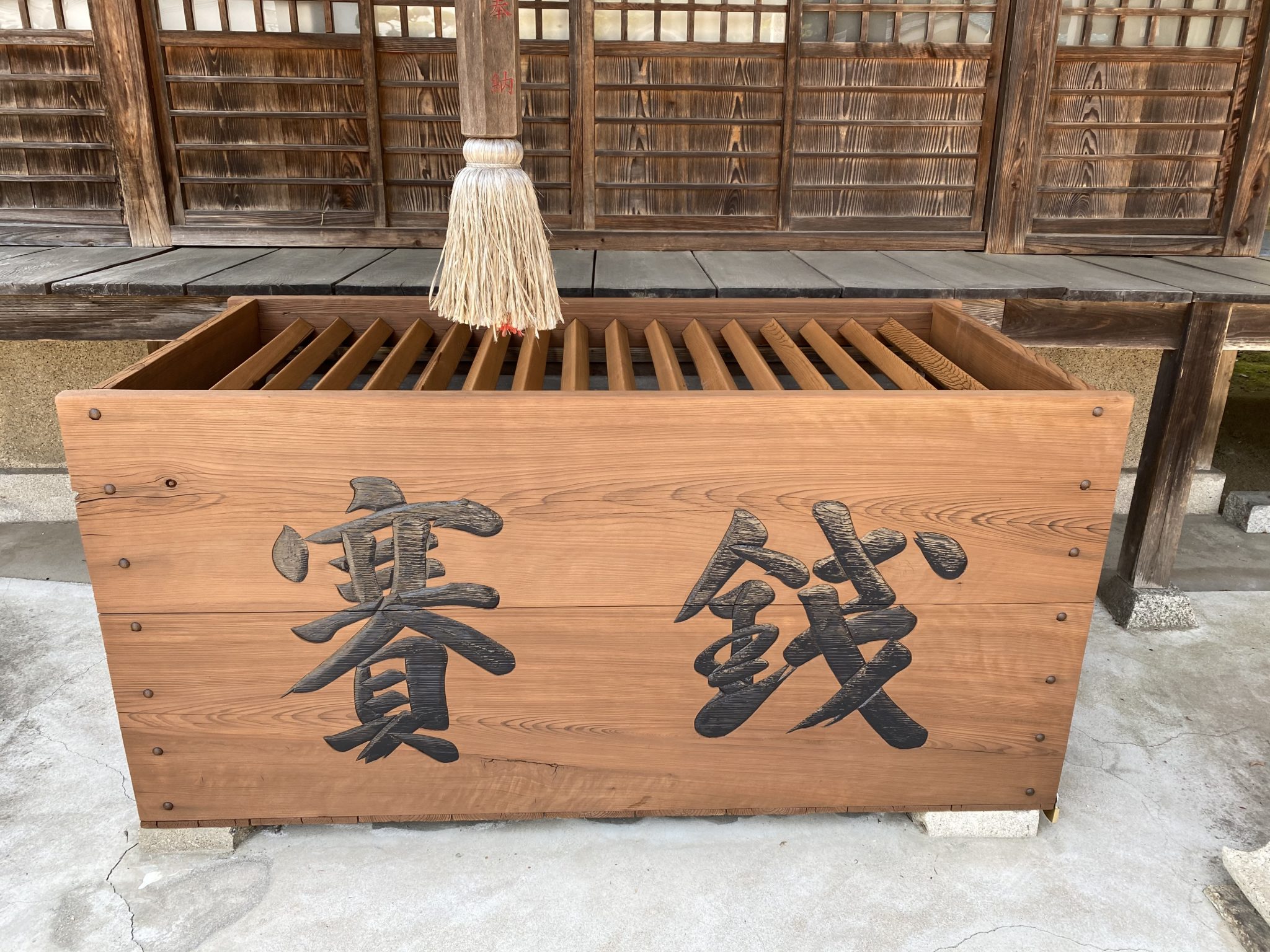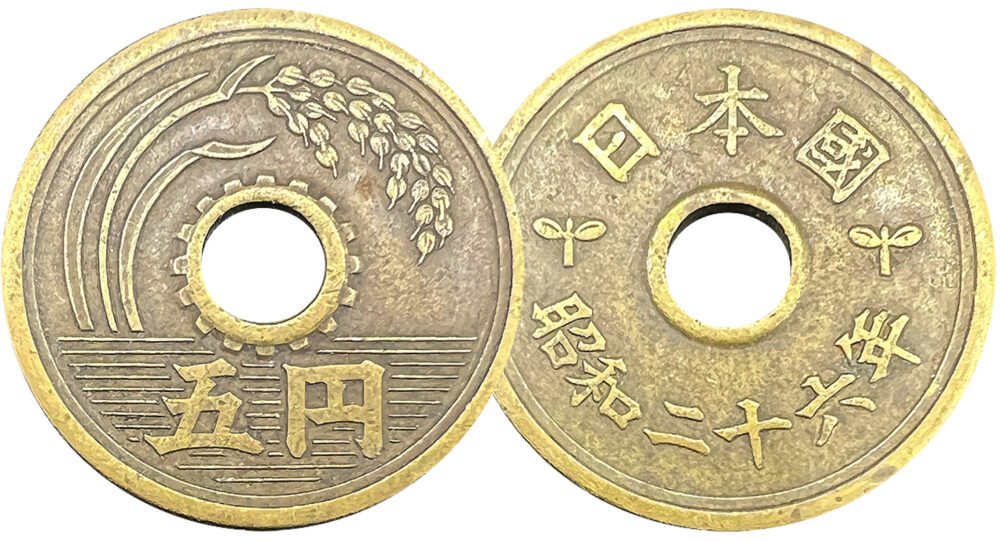Hatsumode, the first shrine visit of the New Year, is one of Japan’s most important traditions.
Millions of people visit Shinto shrines and Buddhist temples in the first days of January to pray for health, happiness, and good fortune. For visitors from abroad, it’s a unique opportunity to experience Japanese culture firsthand.
Knowing the basic etiquette and how to draw omikuji (fortune slips) will make your visit more meaningful and enjoyable.
What is Hatsumode?
Hatsumode is the traditional first visit to a Shinto shrine or Buddhist temple at the beginning of the New Year. People go to pray for health, safety, and happiness in the coming year. It is usually done between January 1st and 3rd, and many shrines become crowded with families, friends, and couples. Hatsumode is also a chance to buy lucky charms and draw omikuji (fortune slips).
Historical Background
The custom of Hatsumode became popular during the Meiji period (late 19th century). Before then, people would visit their local guardian deity, a practice called toshigomori. With the spread of railways, it became common to travel to large, famous shrines at the start of the year. This change helped shape today’s Hatsumode tradition, where visiting well-known shrines is considered especially auspicious.
Basic Shrine Etiquette
When visiting a shrine during Hatsumode, following proper etiquette shows respect and helps you blend in with local customs.
1:Bow before entering the torii gate

A small bow shows respect before stepping into the sacred grounds.
2: Purify at the temizuya (water basin)


Wash your left hand
Wash your right hand
Rinse your mouth (spit discreetly to the side, not into the basin)
Rinse your left hand again
Tilt the ladle upright to wash the handle
Offer coins (osaisen) properly


Place the coin gently into the box. Avoid throwing it.
Place the coin gently into the offering box, without throwing it. Many people choose a 5 yen coin (go-en) because the word sounds like “good connection” or “good relationship” in Japanese, making it a lucky offering.

Pray at the main hall

Bow twice
Clap your hands twice
Make your silent prayer or wish
Bow once more
🚫 Things You Shouldn’t Do at Hatsumode
Do not walk in the center of the path
The center is reserved for the gods; walk on the sides instead.
Do not skip purification
Entering the shrine without cleansing at the temizuya is considered disrespectful.
Do not throw coins loudly
Offer coins gently; tossing them is seen as rude.
Do not take photos inside sacred areas
Some shrines prohibit photography near the main hall—always check the signs.
Do not linger too long in front of the altar
Pray briefly so others can also offer their respects.
How to Draw Omikuji
What is Omikuji?

Omikuji are paper fortunes found at shrines and temples in Japan.
Each slip contains a prediction ranging from great blessing (daikichi) to great curse (daikyo), along with advice on health, love, work, and travel.
People often draw omikuji during Hatsumode to see what kind of luck the new year may bring.
Tying or Keeping Omikuji
After reading your fortune, what you do with the omikuji depends on the result and your preference.
Tie it at the shrine
If the fortune is bad or not so good, people often tie the paper to a designated rack or tree branch at the shrine. This is believed to leave behind the bad luck.
Keep it with you
If the fortune is good, you may keep the omikuji in your wallet or bag as a charm for the year.
Conclusion
Hatsumode is more than just a New Year’s visit—it is a meaningful way to connect with Japanese tradition and start the year with a fresh spirit.
By following the proper etiquette, respecting the customs, and enjoying the experience of omikuji, you can make your shrine visit both respectful and memorable.
If you visit Japan during the New Year, don’t miss the chance to experience Hatsumode yourself—it’s a tradition you’ll never forget.

